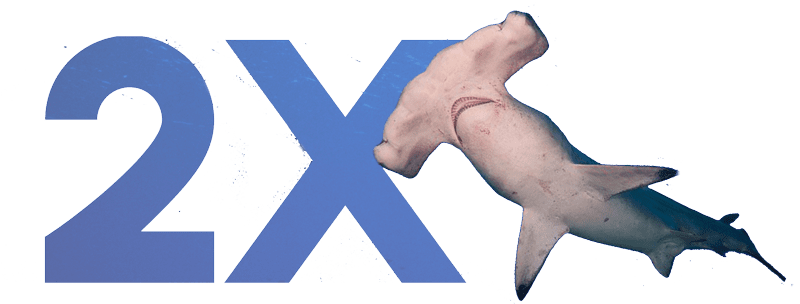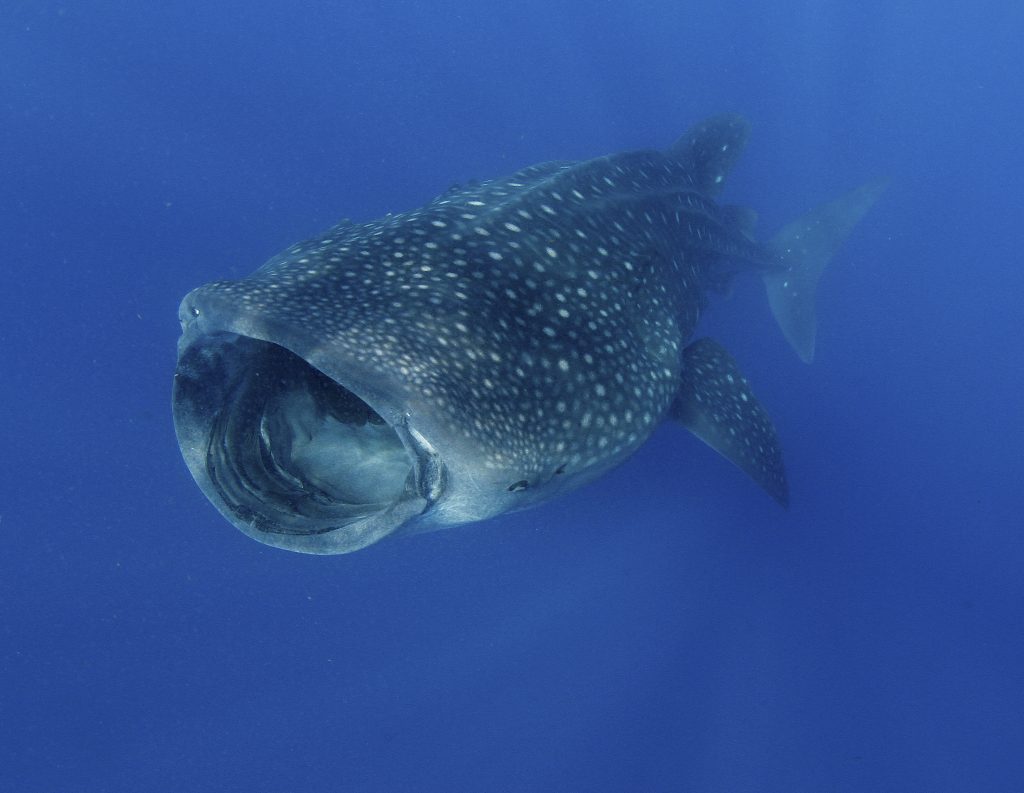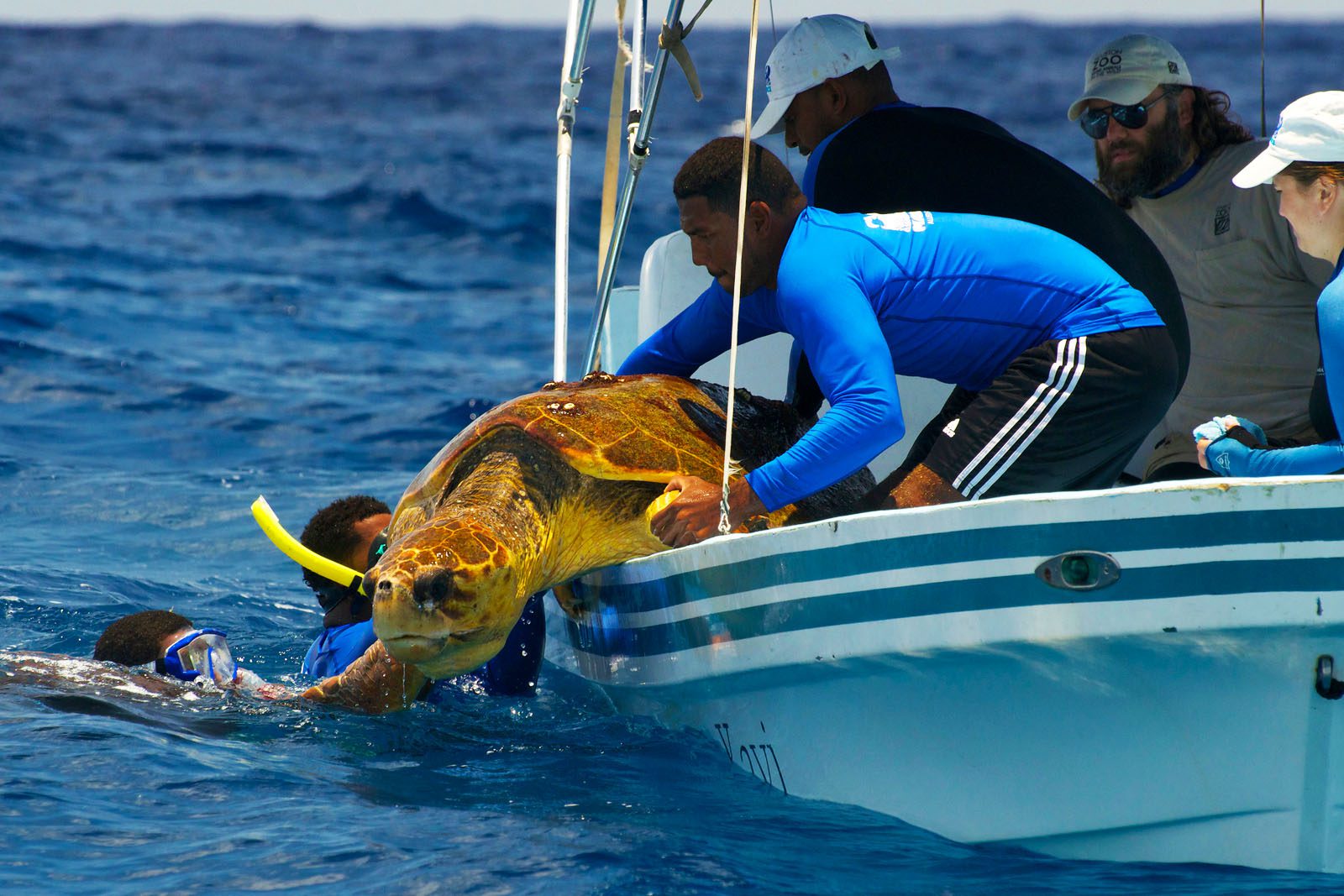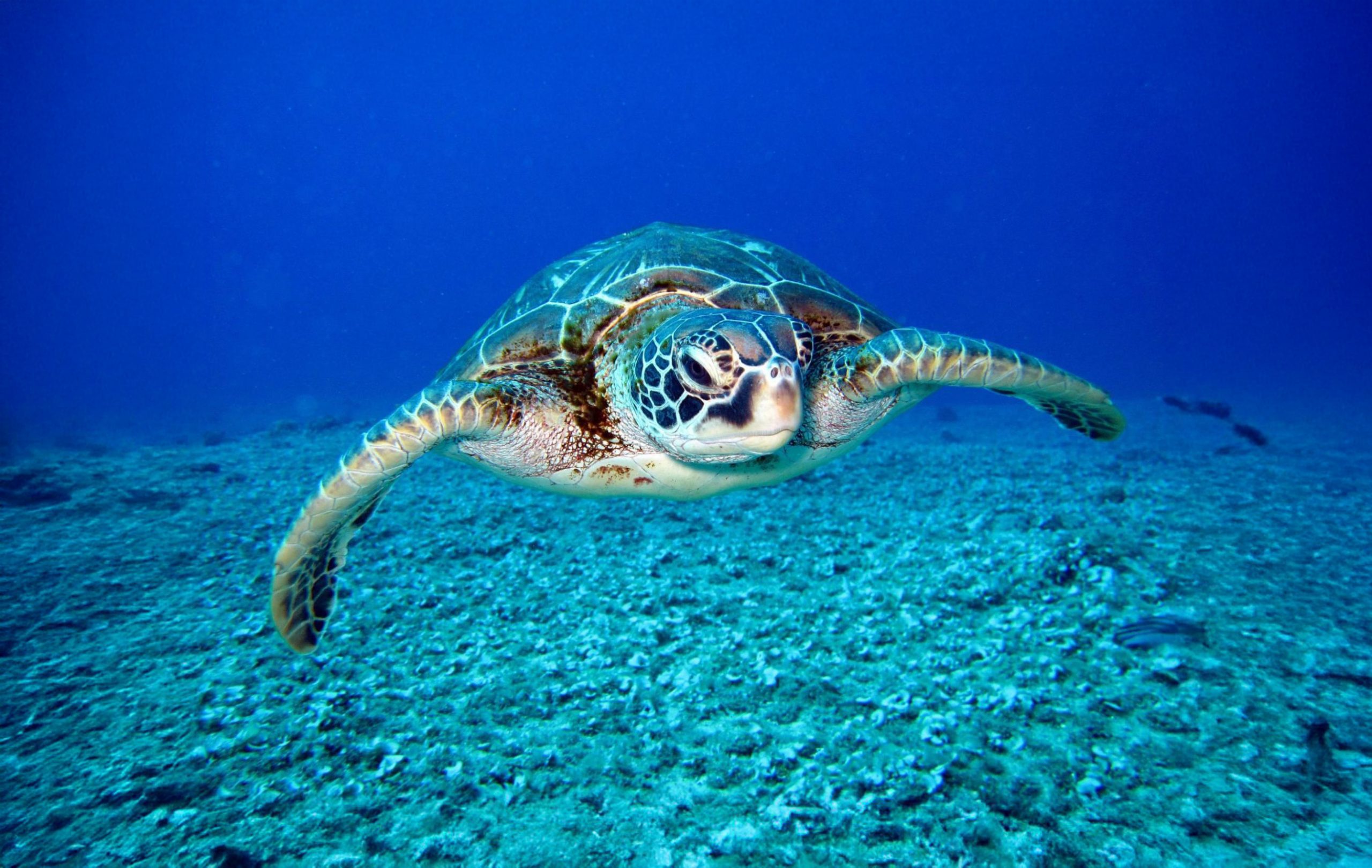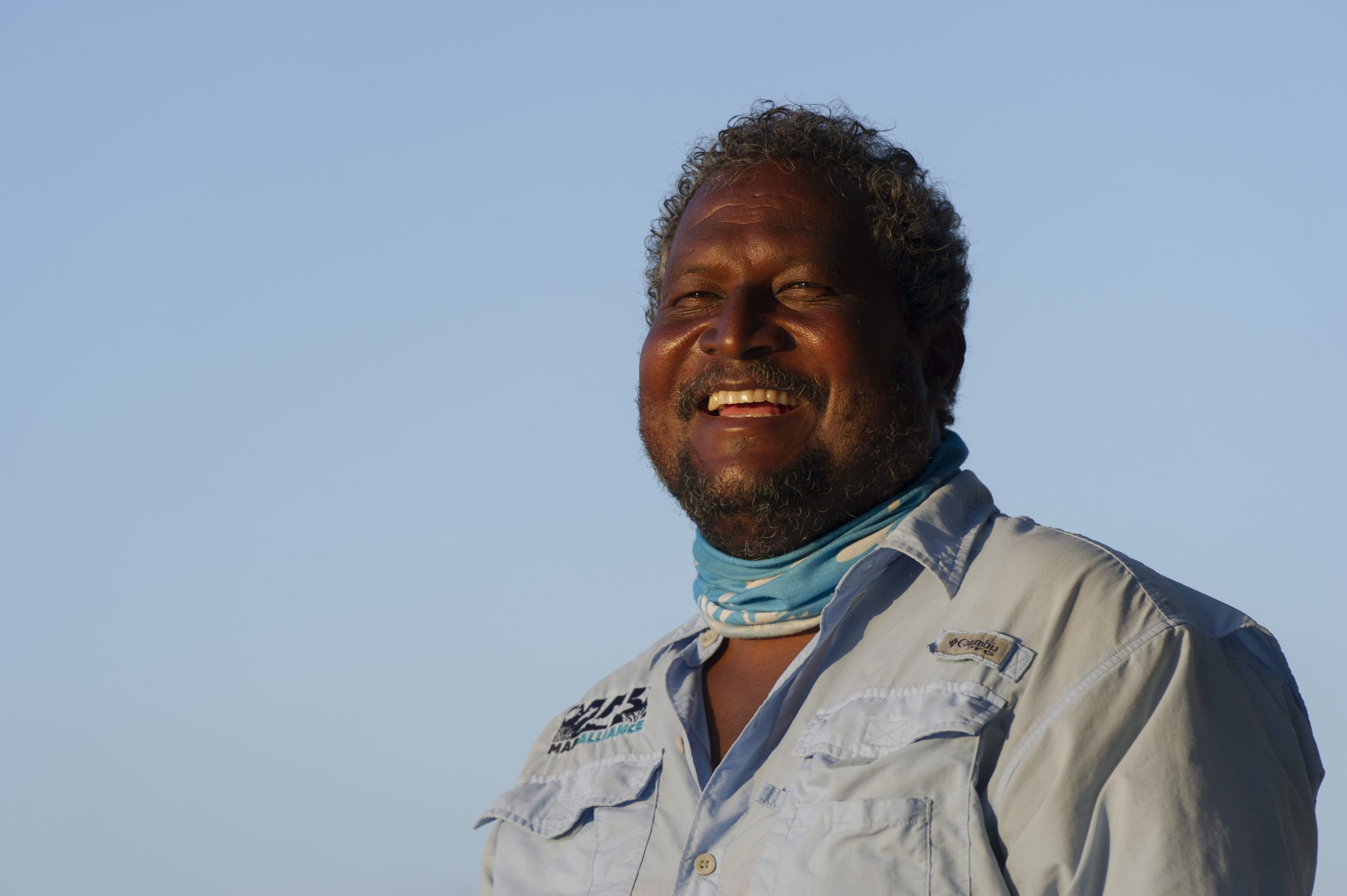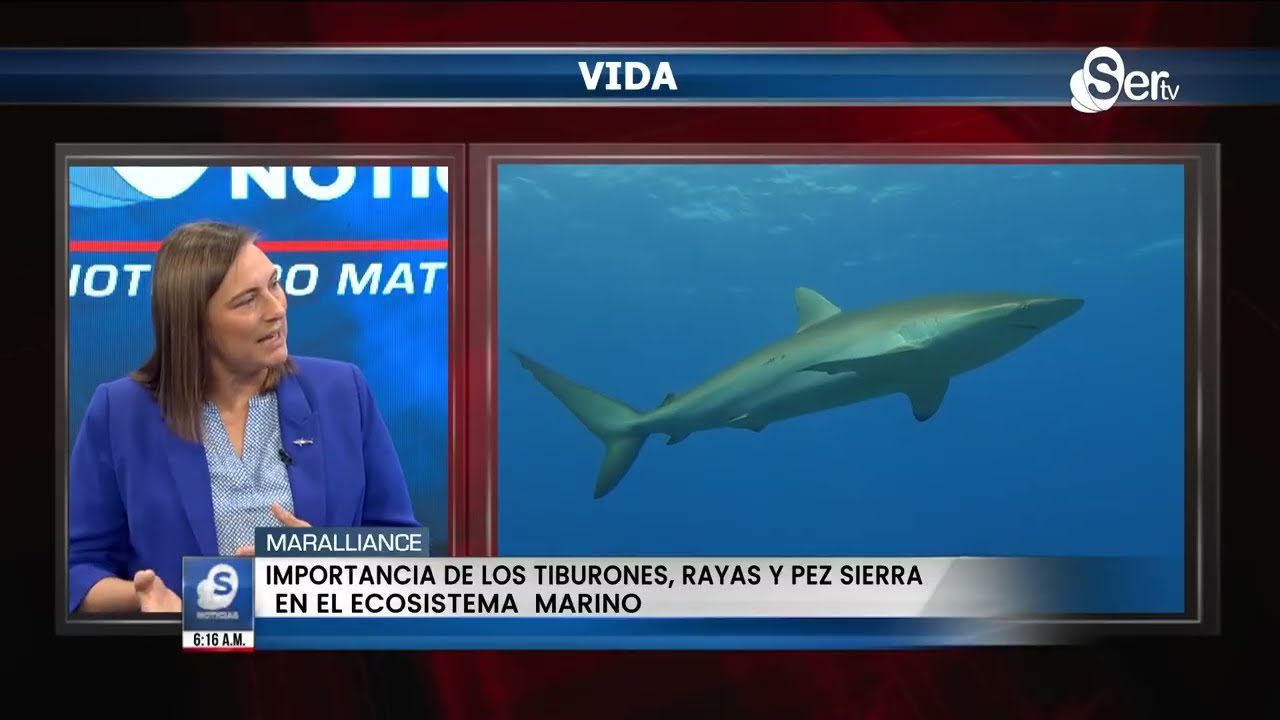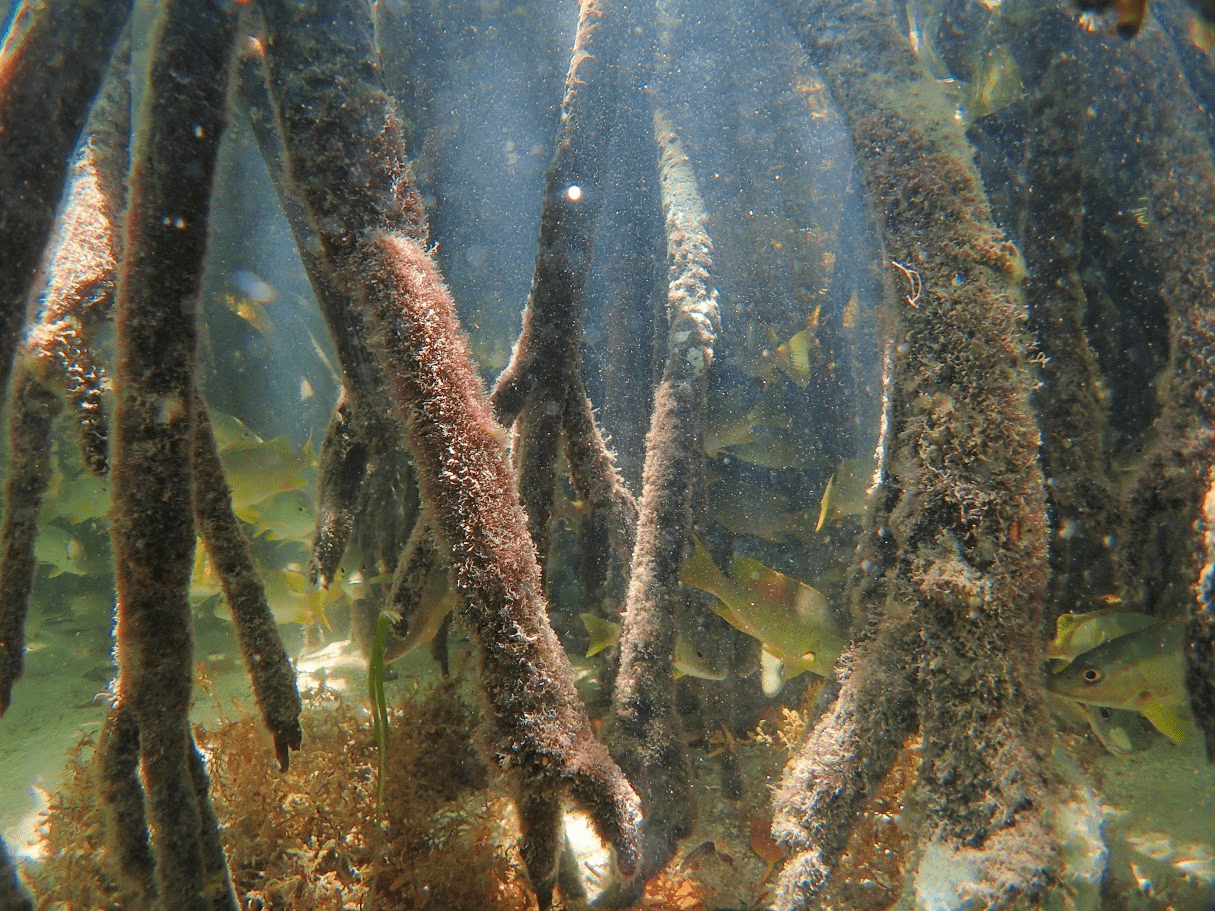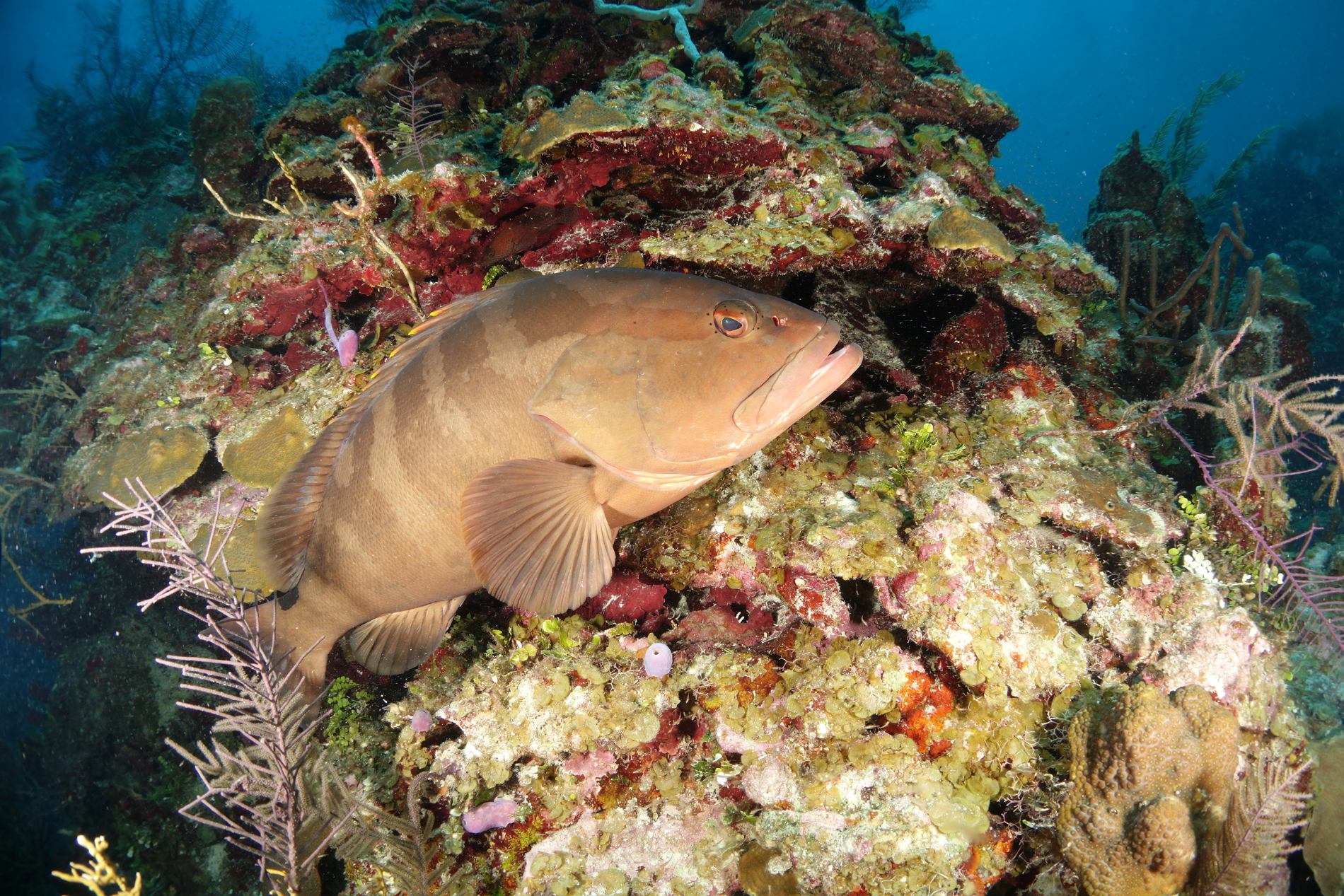Once widespread across tropical waters, the largetooth sawfish (Pristis pristis) has disappeared from much of its historical range. This Critically Endangered species – one of the ocean’s most distinctive rays – has suffered severe declines due to habitat loss, accidental capture in fisheries, and the illegal wildlife trade.
For more than two decades, MarAlliance has led regional and international sawfish research and conservation efforts to help ensure the recovery of the species, conducting surveys for the smalltooth sawfish (Pristis pectinata) and the largetooth sawfish (P. pristis) in Cuba, Belize, Honduras, and Panama. Our team has also implemented environmental DNA (eDNA) monitoring in Central American countries to detect traces of sawfish where sightings are rare.
These studies revealed isolated signs of survival, but the most consistent evidence of continued presence has been found in Panama. Our ongoing sawfish conservation project in Panama focuses on the largetooth sawfish (Pristis pristis), combining field monitoring, collaboration with Indigenous and coastal communities, and genetic sampling to better understand and protect this elusive species.
This initiative has become a successful model for community-driven marine conservation, demonstrating how local knowledge, science, and partnerships can work together to safeguard one of the ocean’s most threatened animals.
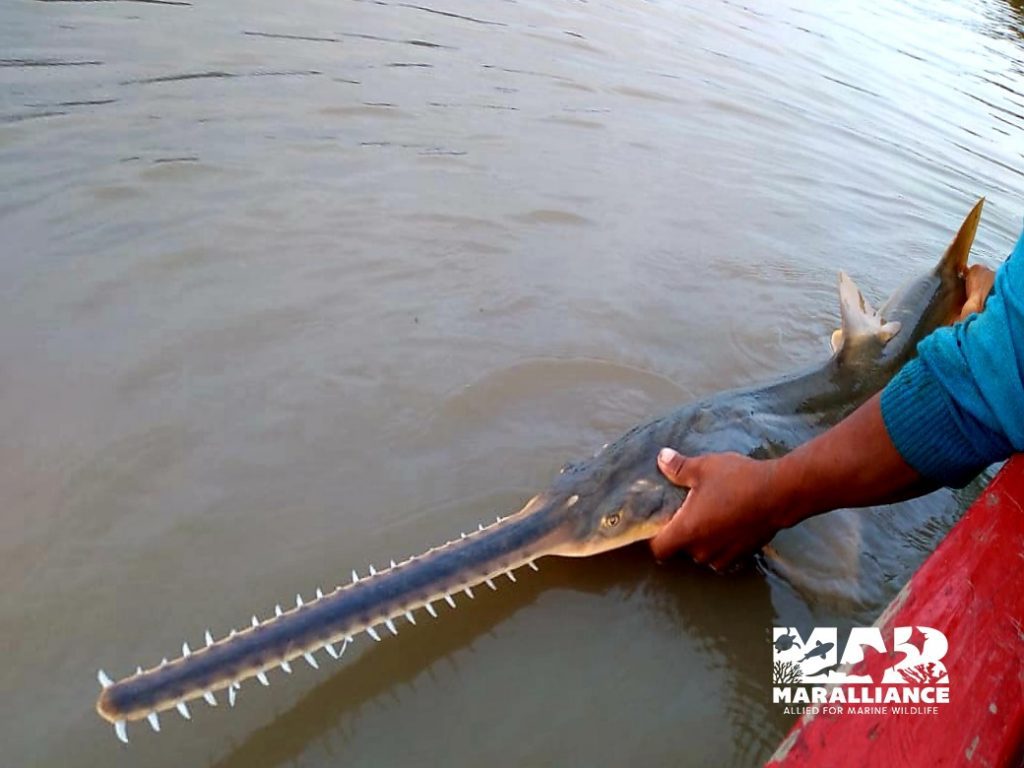
An ancient ray in modern danger
Despite its shark-like appearance, the sawfish is a ray, using its toothed snout – rostrum – to sense and strike prey. Adults can exceed seven metres in length and rely on mangroves, estuaries, and river mouths as nursery and feeding grounds. Habitat loss, accidental capture in gillnets, and the illegal wildlife trade of the “saw” and fins have nearly wiped out populations across the region.
Searching for sawfish in Panama
Launched in 2016, our project aims to confirm where sawfish persist. Our team interviewed 197 fishers across 66 coastal and riverine communities, mapping past and current encounters to identify priority habitats. Guided by local and traditional knowledge from the Emberá community, we collected rostra for identification, monitored artisanal fisheries, and conducted eDNA sampling in estuaries.
In May 2021, these efforts led to the first scientifically documented capture and release of a sawfish in Central America in more than 20 years. The 130-centimetre male juvenile was named “Aba,” meaning “one” in the Emberá language spoken by Indigenous peoples of Darién. The name was chosen by our team of fishers and MarAlliance Community Coordinator, Hayro Cunampio, who has led our sawfish monitoring in this remote region for nearly a decade. Aba’s capture confirmed that Pristis pristis still inhabits Panama’s rivers and provided valuable genetic and health data for global research.
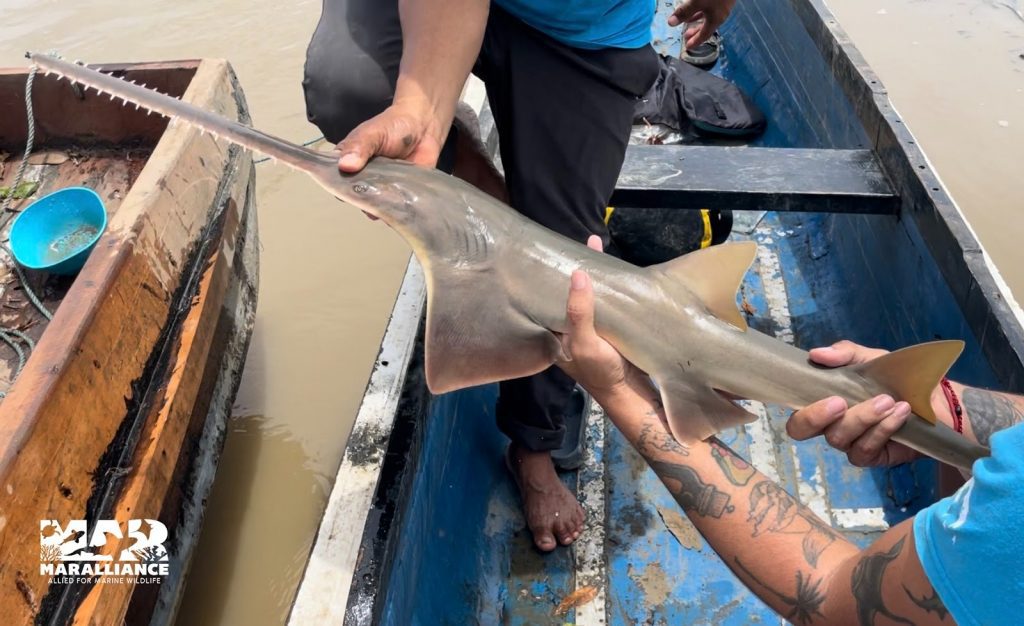
Community partnerships and empowerment
Sawfish conservation in Panama depends on strong community collaboration. To reduce bycatch, we have trained more than 80 artisanal fishers in safe handling and release techniques, building a network of Sawfish Guardians who now report encounters and share data from their fishing grounds.
Through workshops, school programs, and outreach – such as TV and radio coverage during Panama’s Mes de los Océanos – we raise awareness about the ecological importance of sawfish and their role in healthy marine ecosystems. This community-science approach has strengthened local stewardship and improved long-term monitoring.
We also work with women in sawfish-dependent communities who are diversifying their livelihoods through the production and sale of traditional crafts inspired by sawfish and local fauna. These crafts, which we support by selling internationally, help reduce reliance on fishing while promoting conservation awareness.
By aligning conservation goals with sustainable income generation, the program delivers lasting ecological and economic benefits – supporting both coastal livelihoods and the recovery of Critically Endangered species.
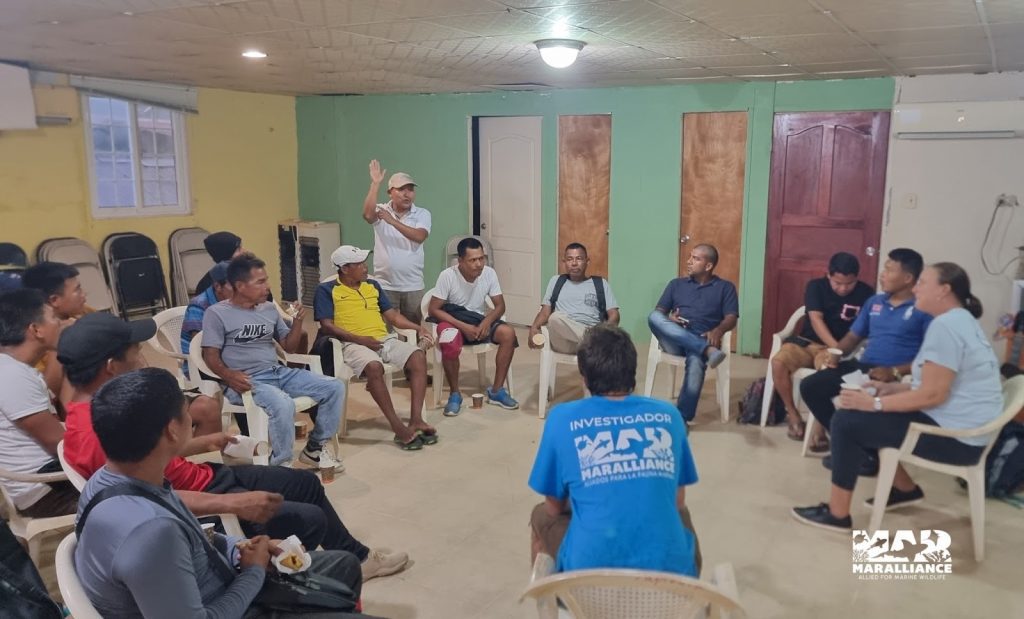
Key findings and next steps
Our research confirms that sawfish persist in several Pacific estuaries of the Panama region, where mangroves remain intact and fishing pressure is lower. Reports and releases from Sawfish Guardians have also helped identify potential nursery grounds for the largetooth sawfish in the Americas, based on repeated captures and releases of small juveniles by traditional fishers forming part of our network. Protecting these habitats is vital for population recovery.
Next, our Panama team will expand eDNA monitoring, community-based surveys, sustainable fishing initiatives to further reduce bycatch, and collaborate with authorities to strengthen protection for mangrove and estuarine habitats that serve as critical nurseries for sawfish.
Hope for Panama’s sawfish
The rediscovery of sawfish in Panama demonstrates that species recovery is possible when science and communities work together. We remain committed to advancing sawfish conservation across Central America through data-driven research, local engagement, and collaboration across borders.
Every new detection – like Aba – represents more than a scientific milestone: it’s proof that an ancient species still endures, and that with continued effort, it can thrive once again in Panama’s waters.
